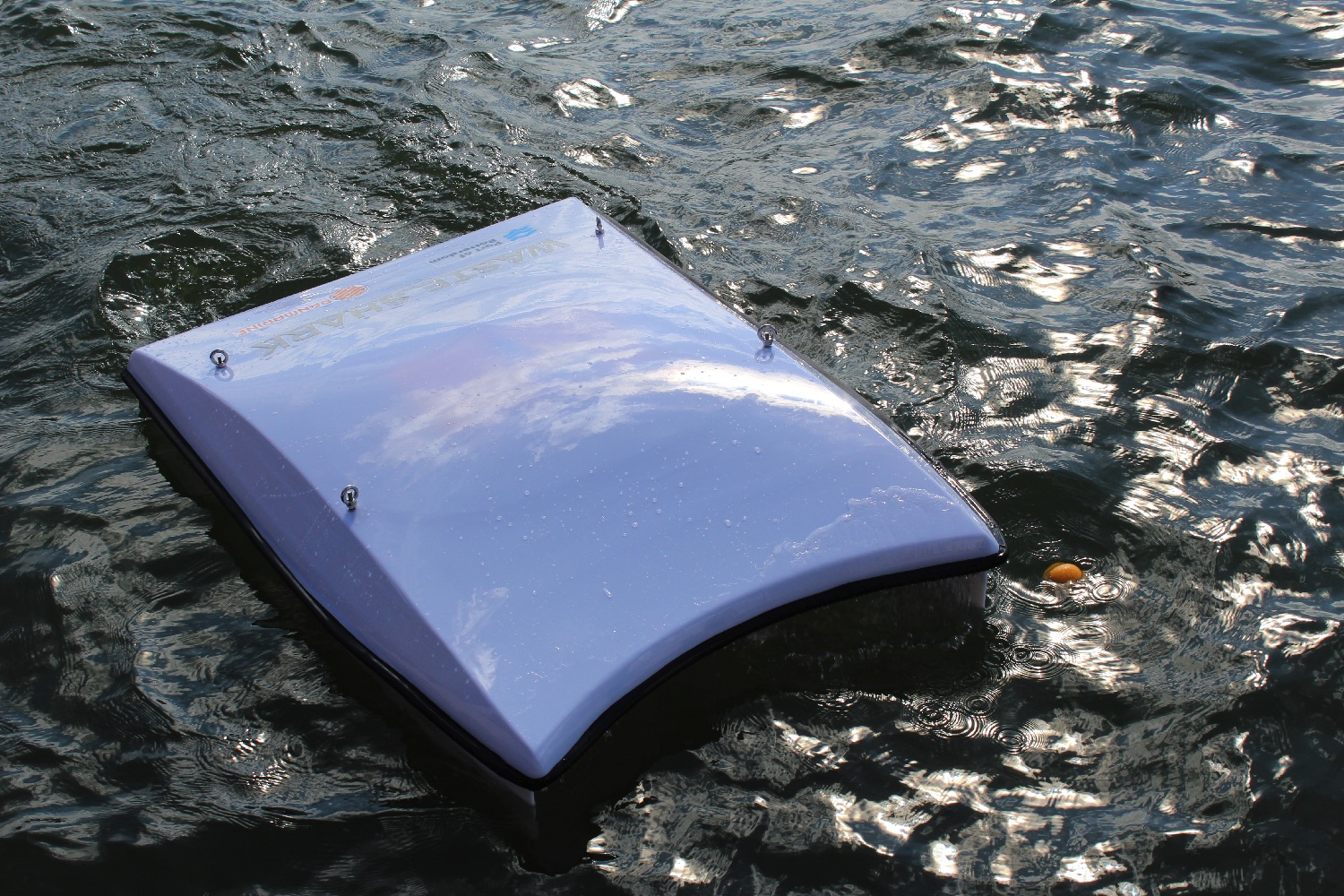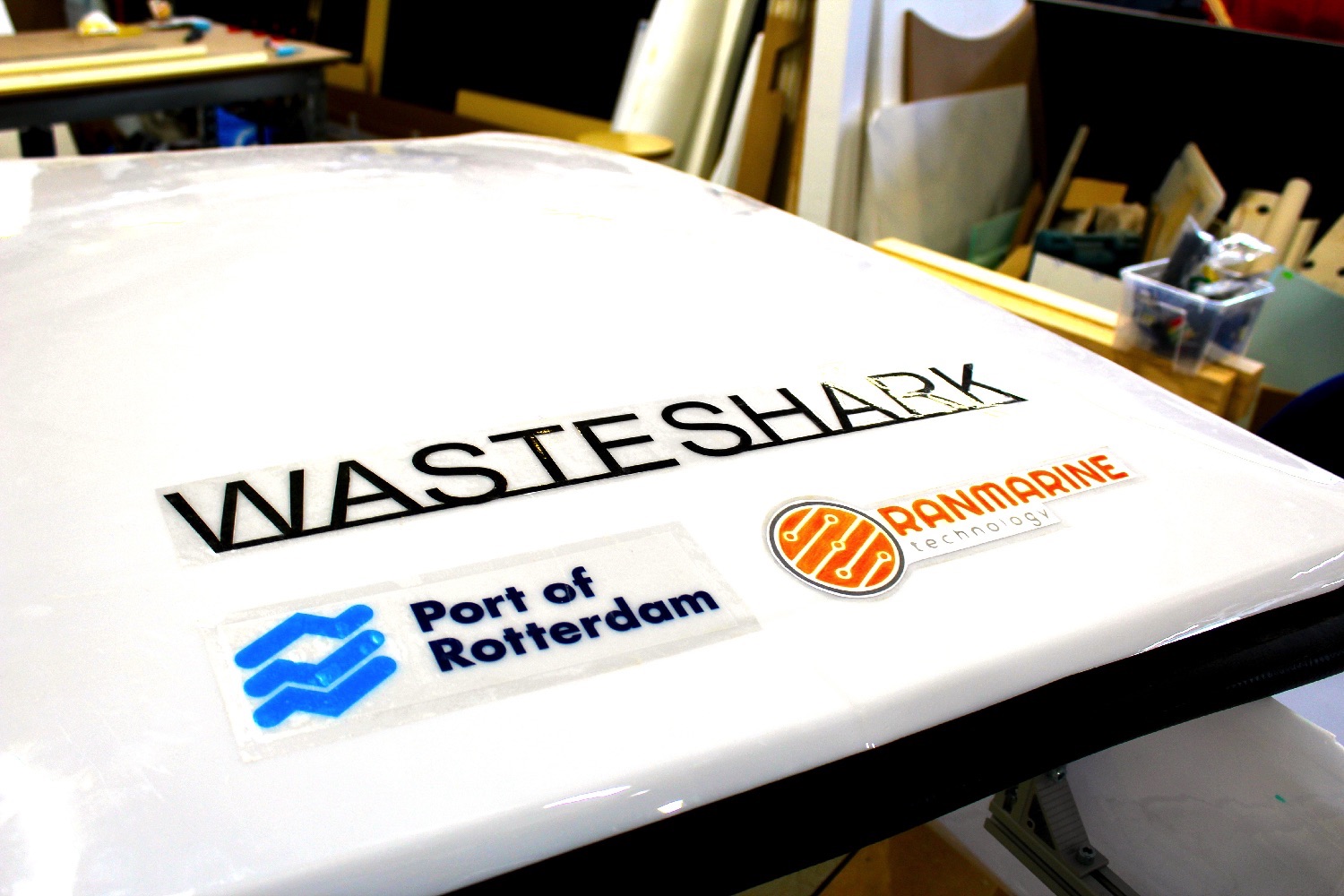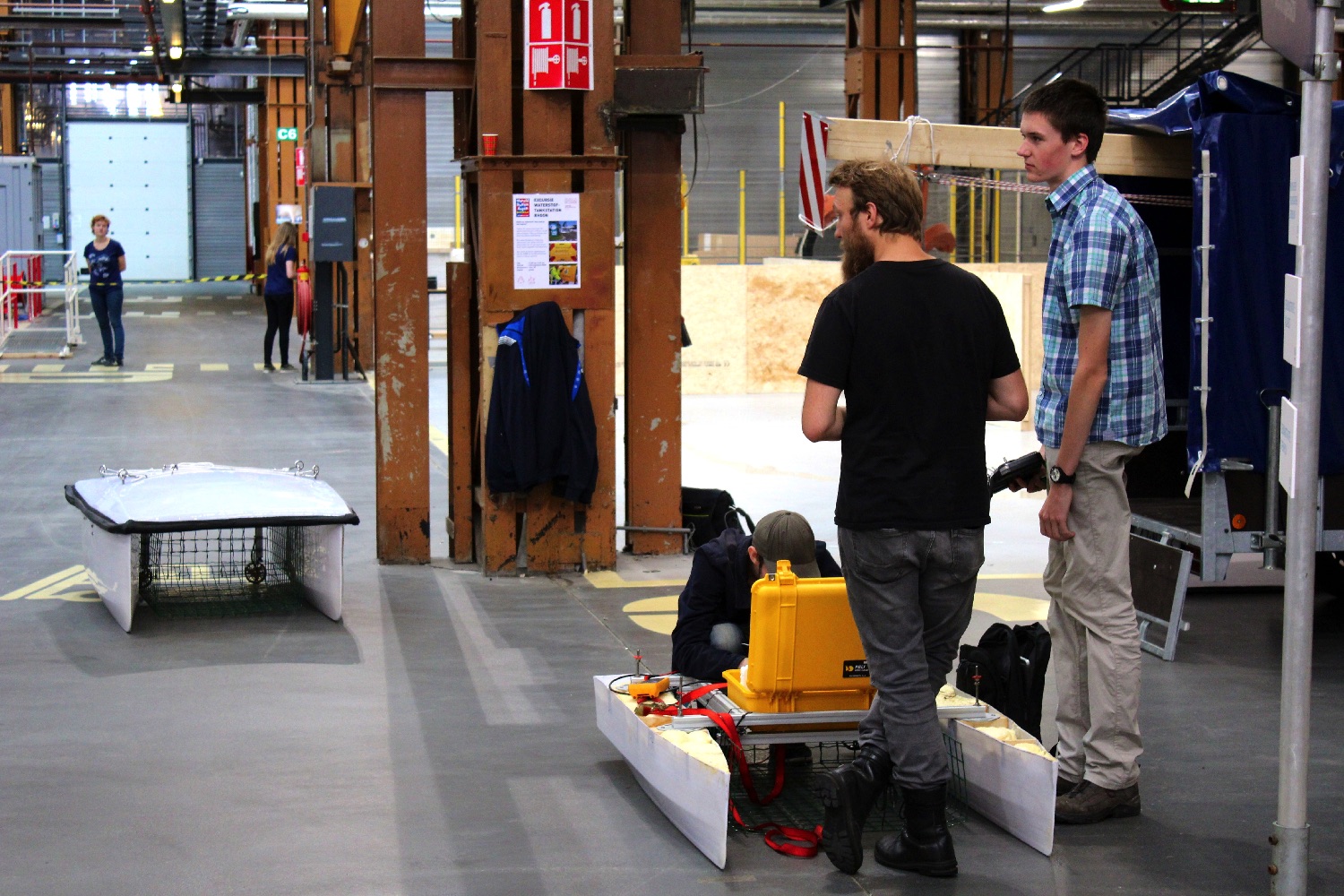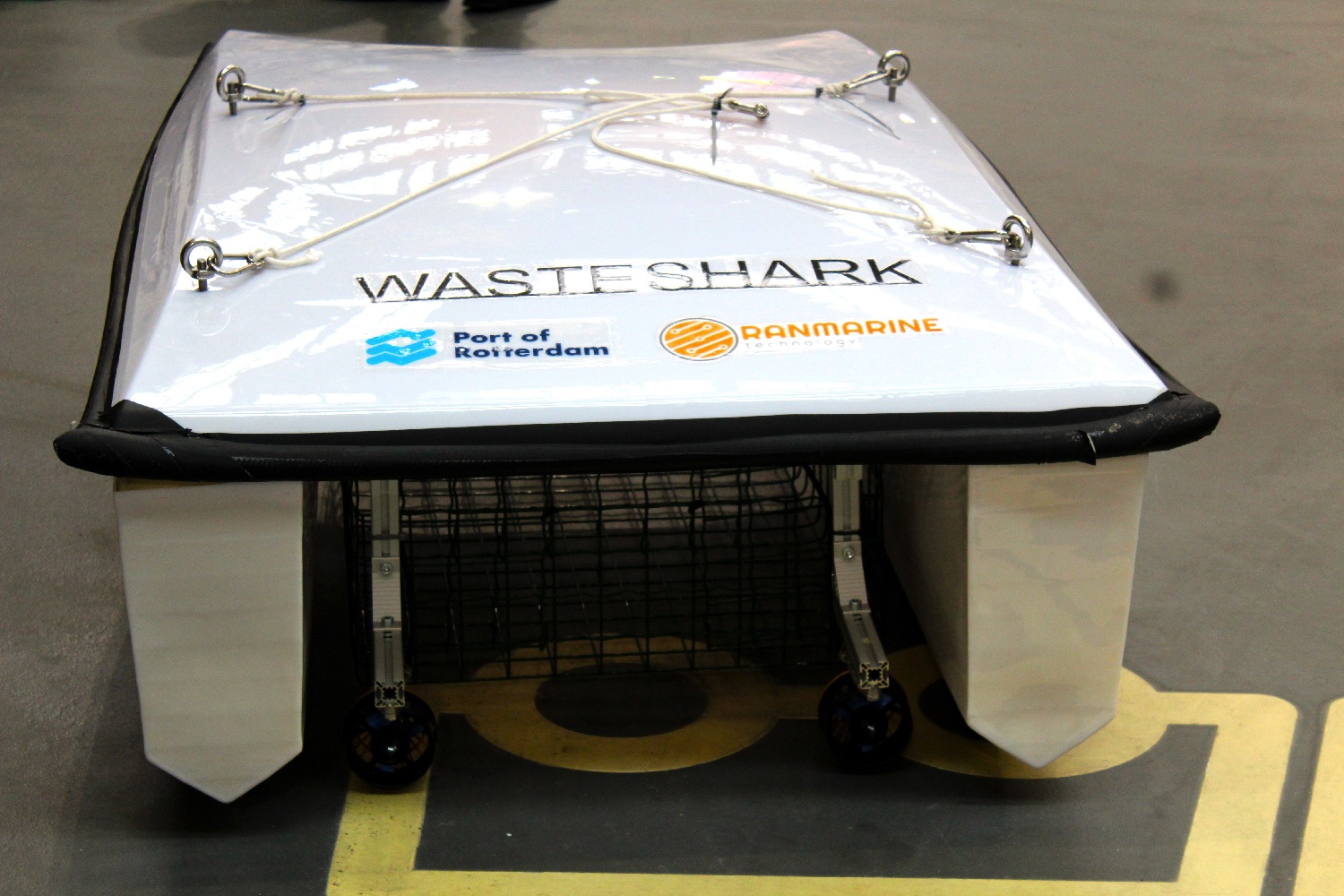Currently being trialed at the Port of Rotterdam in the Netherlands, WasteShark is essentially an autonomous Roomba vacuum cleaner for the sea. Coming in two different sizes, and using an assortment of smart sensors, it can intelligently trawl waterways while munching more than 400 pounds of trash.
“With a smart vacuum cleaner, the aim is to sweep up dust the whole time so you never have to see it,” creator Richard Hardiman told Digital Trends. “With these drones, the idea is that they constantly clean up the water so you never see a buildup of waste. The more you do that, the less waste sinks to the bottom and ultimately gets swept out into the ocean.”
Hardiman said that he started his WasteShark project to create a device capable of keeping waters clean 24/7, regardless of weather conditions. “I didn’t want to invent a robot which takes away jobs,” he said. “Coming from Africa, the last thing I wanted was to increase unemployment for people. But I did want to make something with the ability to improve our lives, by carrying out a job that couldn’t be done efficiently by people.”
Early on, he explained that the idea for WasteShark was to use computer vision to spot floating trash. “Unfortunately, water and image sensing is a tough combination, since the reflection and refraction of light in the water makes it very difficult to identify objects,” he said. “As a result, we had to go back to the drawing board.”
What he eventually came up with is arguably even smarter than that, since the drone can learn its physical environment. Users are able to specify geo-fenced areas the robot sticks to, but within these it can learn where particular trouble spots are. “It slowly learns its environment by learning which places have had the highest build-up of trash, and [it can then] go back to that spot on the same tidal pattern or weather and wind patterns on subsequent days,” he said.
The current contract with the Port of Rotterdam lasts until next year, after which Hardiman said he will be ready to roll out the technology worldwide. In true shark movie sequel fashion, there’s even a larger WasteShark — capable of swallowing more than 1,000 pounds of garbage — in development. Hardiman is calling it the “Great WasteShark.”
“Long term, my strategy is to have autonomous drones like this in ports and highly trafficked water areas all over the world, much as you’ll have self-driving cars on the road,” he concluded.







